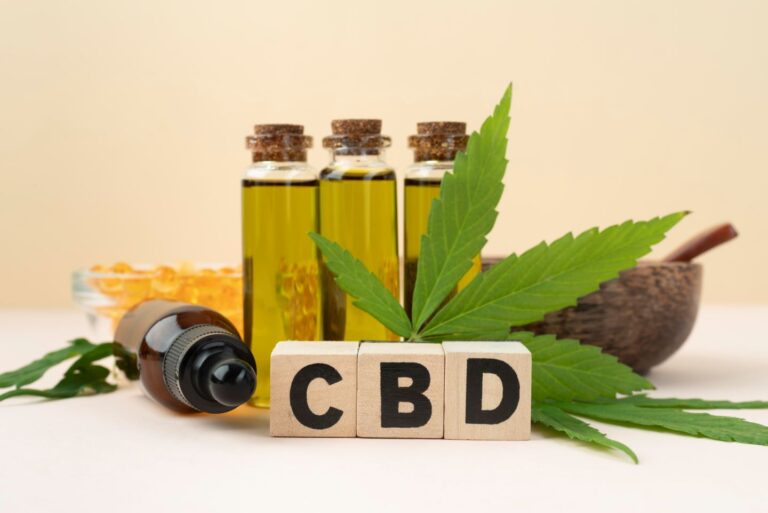Which Plants That Look Like Weed Legal Or Illegal to Grow
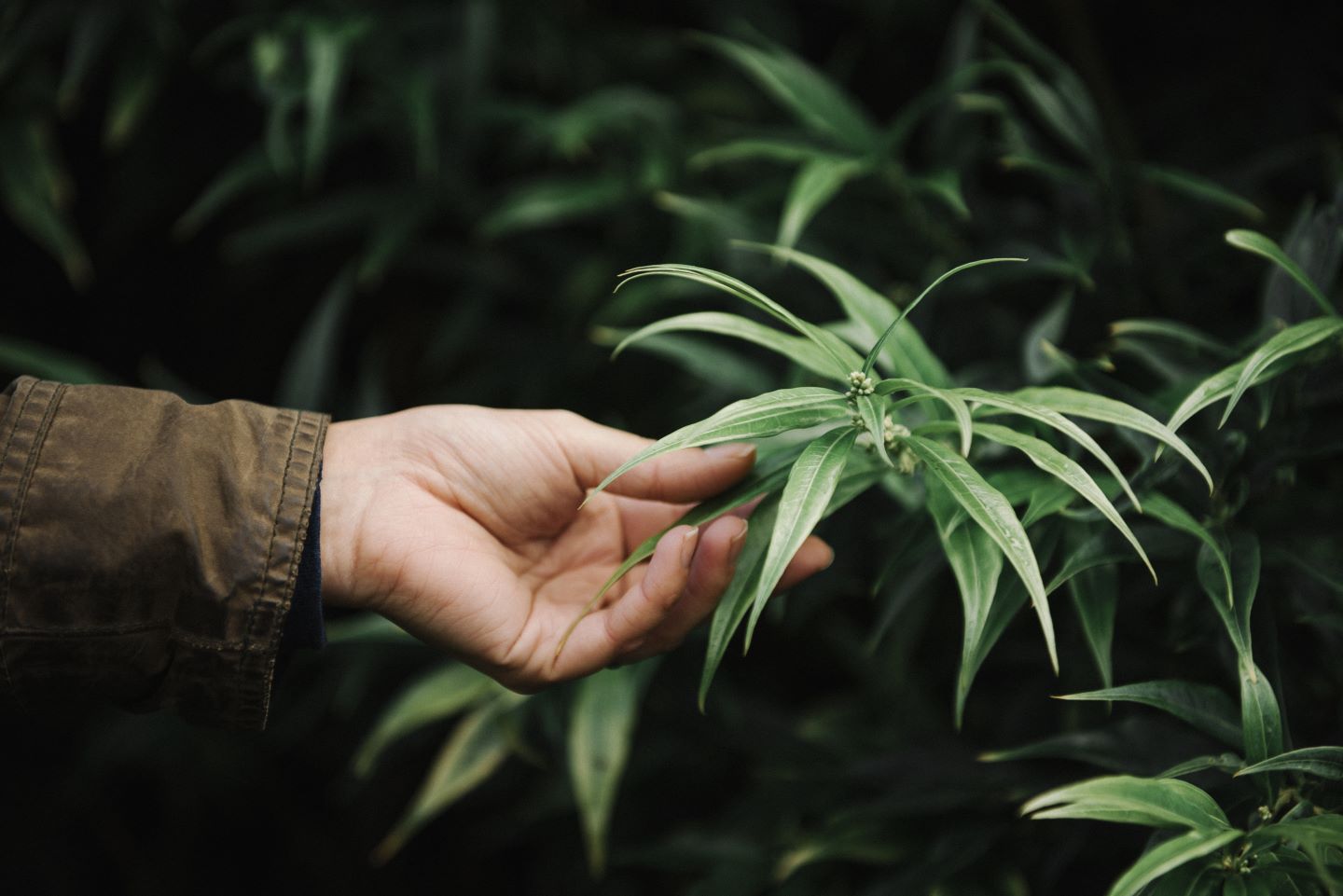
Plants are incredibly diverse in their forms, colors, and structures, as seen in the enormous tapestry of nature. There are plants in this diverse botanical landscape that remarkably resemble the notorious marijuana, which is often linked to drug use for recreational purposes. It’s important to understand that not all plants, compared to weeds, are dangerous or prohibited. In this investigation, we explore the intriguing realm of plants that resemble weeds, looking at their unique traits, ecological functions, and possible related myths.
The World of Plants That Resemble Weed
The hemp plant (Cannabis sativa) is one of the most well-known plants that resembles cannabis a lot. Although both hemp and marijuana are members of the Cannabis genus, their chemical makeup is very different. Tetrahydrocannabinol, or THC, is the psychoactive substance that gives marijuana users their “high.” Hemp has low concentrations of this chemical. Hemp is a valuable and adaptable plant with many uses. Grown for industrial purposes, such as fiber, seeds, and CBD (cannabidiol).
The fake nettle, or Boehmeria cylindrica, is another plant frequently confused with cannabis. Though it looks similar, fake nettle isn’t the same kind of psychoactive plant as marijuana. This native plant is prized for its ecological function in sustaining regional biodiversity and is more frequently found in North America.
- Wild Lettuce (Lactuca spp): Known by the colloquial name “opium lettuce,” wild lettuce is similar to cannabis because it has tall, leafy stems and serrated leaves. Wild lettuce does not, however, contain psychotropic substances like THC. Instead, because of its gentle calming effects, it has been used traditionally for a long time. Wild lettuce is native to Europe, Asia, and North America. Its possible soothing benefits have led to its use in herbal medicine, highlighting the need to know a plant’s qualities beyond its outward appearance.
- Japanese Knotweed (Fallopia japonica): Sometimes known as Japanese knotweed, is a vigorous, invasive plant with broad leaves that may pass for cannabis. But there are other difficulties with this plant. Japanese knotweed is well-known for its rapid colonization of vast areas, which drives out natural plants. Its growing worry in many areas has prompted attempts to limit its spread and lessen its ecological impact.
- Hemp Agrimony (Eupatorium cannabinum): Cannabis and hemp agrimony are related by a common name. Hemp agrimony is a perennial plant that is native to Europe and Asia. Despite this similarity, hemp agriculture is unrelated to cannabis and does not contain the psychotropic ingredients present in marijuana. Instead, it is prized for its decorative attributes and is recognized for drawing pollinators and enhancing the area’s biodiversity area’s biodiversity.
- Mullein (Verbascum thapsus): From a distance, MulleinMullein can occasionally be confused for cannabis due to its tall spire of yellow blooms and fuzzy leaves. Mullein is often found in disturbed places and has been used medicinally in many different cultures for a long time. The herb is frequently used to treat skin ailments and ease respiratory problems. Knowing what makes MulleinMullein particularly emphasizes the importance of differentiating the importance of differentiating various plants using factors other than appearance.
- Flowering Tobacco (Nicotiana spp): Because of their general shape and serrated leaves, some flowering tobacco species, especially Nicotiana rustica, may resemble cannabis. Flowering tobacco is a native of North and South America; it has nicotine but none of the psychotropic ingredients of marijuana. Some species of Nicotiana are grown for attractive purposes despite their relationship with tobacco, adding to the visual diversity of gardens.
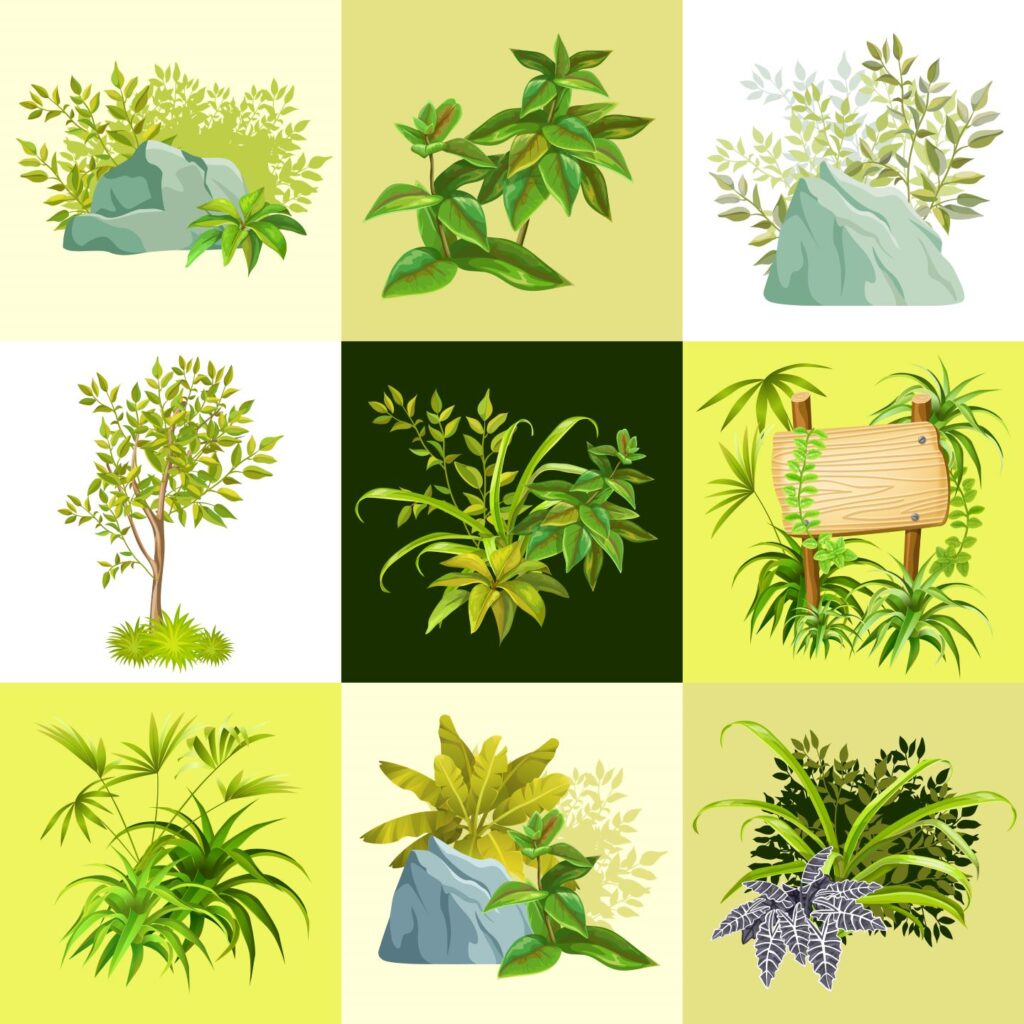
Plants that Look Like Weed but Aren’t Weed
There is an enormous variety of plant species in the botanical world, and some of them resemble the well-known cannabis plant remarkably well without having the same intoxicating effects. Due to their striking visual resemblance, these plants are frequently confused for weeds despite having a variety of ecological, decorative, and therapeutic uses. Let’s highlight some rather weedy-looking plants to highlight their unique characteristics.
Japanese Maple (Acer palmatum):
Japanese maple is a famous ornamental tree with colorful, intricate foliage that resembles the unique palmate leaves of cannabis. The Japanese maple brings visual value to landscapes without intoxicating effects thanks to its large variety of cultivars that showcase various leaf forms and colors.
Sweet Bay (Laurus nobilis):
Sweet bay, also called bay laurel, has leaves that are similarly serrated to those of cannabis. The leaves of this fragrant evergreen tree give food a distinctive flavour, making it well-known for its culinary applications. Sweet Bay does not contain any of the cannabinoids that give cannabis its psychoactive properties.
False Indigo (Baptisia spp.):
From a distance, false indigo may resemble cannabis due to its characteristic palmate leaves and upright growth habit. Native to North America, this perennial plant is prized for its ability to fix nitrogen, which improves soil health. False indigo is a garden favorite because of its eye-catching blue, purple, or yellow pea-like blossoms.
Rutgers Tomato (Solanum lycopersicum ‘Rutgers’):
Some tomato cultivars, most notably the Rutgers cultivar, have leaves that resemble cannabis leaves. This similarity is coincidental because potatoes and eggplants, including tomatoes, are Solanaceae family members. Tomatoes are grown worldwide for their edible fruits, which are not intoxicating.
Cranesbill Geranium (Geranium spp.):
Although its lobed and serrated leaves resemble cannabis, the Cranesbill Geranium is a perennial plant valued for its beautiful flowers and low-maintenance gardening attributes. Geraniums are colourful plants frequently cultivated more for their lovely blossoms than for practical or intoxicating uses.
Staghorn Sumac (Rhus typhina):
Staghorn Sumac may resemble cannabis due to its complex leaves that are serrated. Native to North America, this deciduous shrub is prized for its brilliant fall leaves. Staghorn Sumac has little to do with cannabis’s inebriating qualities; instead, it’s mainly employed for landscaping and erosion control.
Cranberry Hibiscus (Hibiscus acetosella):
It’s possible to confuse Cranberry Hibiscus for cannabis due to its deeply lobed leaves. This tropical plant has deep red foliage and flowers resembling hibiscus and is grown for its aesthetic value. Although it has no known psychotropic properties, it gives gardens a hint of exotic charm.
Japanese Knotweed (Fallopia japonica):
Although Japanese knotweed was previously mentioned as a plant that looked like cannabis, it’s crucial to stress that this plant is not psychotropic despite its apparent resemblance. Japanese knotweed is an invasive plant with an aggressive growth habit that serves no useful purpose for recreational or medical purposes, only ecological problems.
Weed that Looks Like Squash Plant
Squash Plants: A Familiar Favorite
Squash plants are members of the Cucurbita genus and are well-known for their unique leaves and tasty fruits. These plants are common in gardens worldwide because of their big, lobed leaves and vivid yellow flowers. This complex genus is the source of butternut squash, pumpkin, and zucchini varieties.
Potential Confusion: Datura and Squash
A plant similar to squash, especially when it’s young, is the Datura genus, which includes Devil’s Snare and Jimsonweed species. Squash-plant-like in appearance, Datura has trumpet-shaped white blooms and thick leaves. This likeness conceals a significant distinction, though: Datura is highly toxic and contains hallucinogenic solid substances that are extremely dangerous to one’s health.
Cannabis: Another Lookalike
Because of their broad, serrated leaves when they are young, cannabis plants can also be confused for squash plants. But as Cannabis ages, its unique qualities become apparent, such as thick buds and a potent smell. Cannabis is grown for its psychotropic and therapeutic qualities, unlike squash.
Weeds that Look Like Pumpkin Plants
Accurate plant identification is essential, particularly when separating potentially weedy species from desirable ones like pumpkins. While some weeds may resemble pumpkin plants, it’s important to remember that physical characteristics can change depending on location, temperature, and native plants. The following are some instances of weeds that resemble pumpkin plants visually:
- Common Mallow (Malva neglecta): At first impression, the lobed leaves of the common mallow may resemble pumpkin leaves. Mallow leaves, on the other hand, are often smaller and do not have the characteristically toothed edges of pumpkin leaves.
- Bindweed (Convolvulus arvensis): The heart-shaped leaves of bindweed, sometimes called morning glory, resemble those of a baby pumpkin. But unlike pumpkin leaves, bindweed leaves are usually smaller and smoother.
- Bittercress (Cardamine hirsuta): The compound leaves of bittercress resemble those of pumpkins. But unlike pumpkin vines, it is a smaller, slower-growing plant with a distinct appearance.
- Lambsquarters (Chenopodium album): Although lamb’s quarters lobed leaves resemble those of pumpkins, their general structure and growth pattern differ. In gardens, lambs are frequently regarded as weeds.
- Ground Cherry (Physalis spp.): Despite not being a weed, ground cherry is listed here because of its similarity to pumpkin plants. Although they are usually smaller in stature, ground cherries resemble tomatoes in appearance.
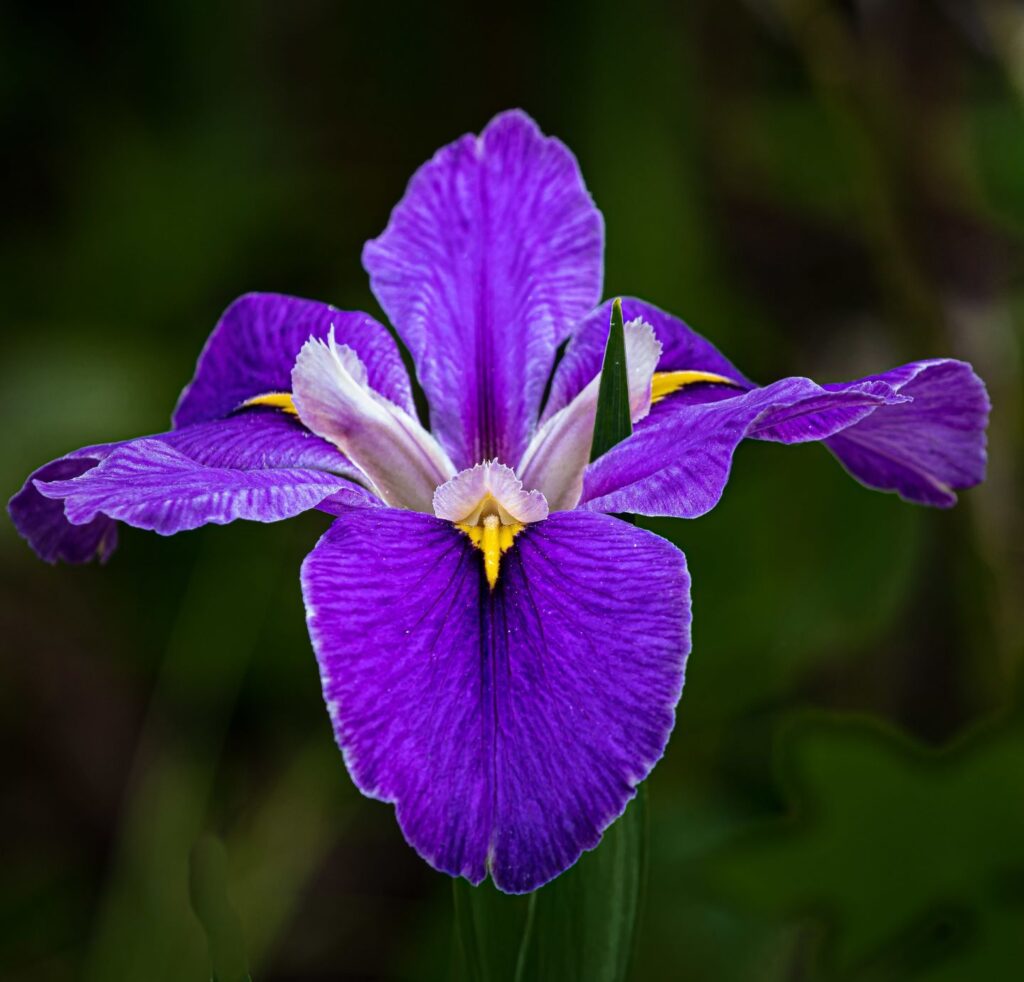
Weeds that Look Like Pepper Plants
It might be challenging to distinguish weeds resembling pepper plants because many weeds resemble different crops. The following are a few instances of common weeds that resemble pepper plants:
- Horseweed (Conyza canadensis): The lance-shaped leaves of horseweed could be mistaken for the leaves of a juvenile pepper plant. Horseweed, conversely, usually grows considerably taller and has a distinct overall structure.
- Pigweed (Amaranthus spp.): The leaves of certain pigweed species might resemble those of peppers. Although pigweeds can have a variety of looks, their leaves frequently have a similar form.
- Nightshade (Solanum spp.): Some nightshade species, such as black (Solanum nigrum), can be confused for pepper plants, especially in their juvenile stages. But since nightshade plants can be dangerous, it’s essential to identify them correctly.
- Smartweed (Polygonum spp.): The lance-shaped leaves of smartweed may be similar to immature pepper leaves. However, smartweed differs from pepper plants regarding growth habits and general look.
- Lambsquarters (Chenopodium album): Common weed lambs can occasionally be mistaken for pepper plants, mainly while the latter is still in the seedling stage. On the other hand, lambs’ quarters typically have more rounded, powdered leaves.
- Spurge (Euphorbia spp.): While the leaves of certain spurge species resemble those of pepper plants, spurge plants frequently contain a milky sap and have a different general growth behaviour.
Weeds that Look Like Raspberry Plants
It can be challenging to distinguish weeds that seem like raspberry plants, mainly if they are young or have similar traits. The following common weeds can be confused with raspberry plants:
- Blackberry (Rubus fruticosus): Although they resemble raspberry plants in appearance, blackberries are not always weeds. Their growth habits and leaves often overlap and are also members of the Rubus genus. Like raspberries, blackberries usually have compound leaves with serrated edges.
- Dewberry (Rubus spp.): Blackberries and raspberries are closely related to dewberries. Their growth habits and leaf appearances are similar, which could make them difficult to distinguish.
- Japanese Knotweed (Fallopia japonica): Japanese knotweed can develop leaves that look like raspberries in their early growth. But as an invasive species, Japanese knotweed is undesirable in a garden.
- Wineberry (Rubus phoenicolasius): The wineberry is another plant in the Rubus genus that visually resembles raspberry plants. Compounded and toothed, the leaves resemble raspberries.
- Virginia Creeper (Parthenocissus quinquefolia): Virginia creepers resemble raspberry plants when young because of its complex leaves with serrated edges. But raspberry plants contain three to five leaflets, whereas Virginia creeper usually has five.
- Wild Strawberry (Fragaria virginiana): Regarding the general appearance of the leaves, wild strawberries can be mistaken for raspberry plants. On the other hand, wild strawberries typically grow more prostrately and have smaller leaves.
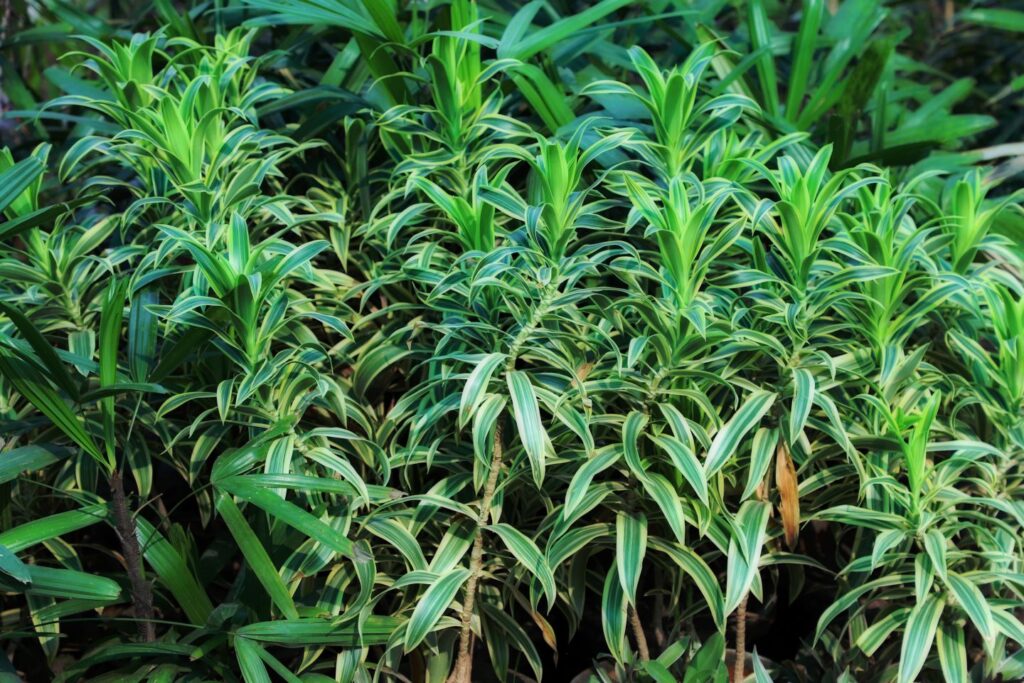
Weeds that Look Like Strawberry Plants
It can be challenging to distinguish weeds from strawberry plants, especially if the two species are young or appear similarly. The following common weeds are sometimes confused with strawberry plants:
Mock Strawberry (Duchesnea indica):
Indian strawberry, sometimes called mock strawberry, is a plant with growth habits and leaves that resemble natural strawberry plants. Still, it yields little yellow blooms rather than the white ones that genuine strawberries are known for. The fake strawberry fruit is unappealing, tasteless, and dry.
Creeping Charlie (Glechoma hederacea):
With its rounded leaves and low growth pattern, creeping Charlie, also known as ground ivy, resembles strawberry plants. On the other hand, Creeping Charlie has distinct leaves and a tendency to develop dense mats.
Wild Violet (Viola spp.):
The low-growth habit and tripartite leaves of wild violets and strawberry plants can occasionally be mistaken for one another. On the other hand, violets typically have leaves shaped like hearts and produce flowers with a unique violet color.
Field Woodrush (Luzula campestris):
The grass-like leaves of field woodrush may resemble young strawberry leaves. However, It does not have the distinctive red berries and white blooms of strawberry bushes.
Clover (Trifolium spp.):
Some types of clover resemble strawberry plants, mainly when they are young. On the other hand, clover leaves usually have a more rounded shape and form recognizable clusters of three leaves.
Common Cinquefoil (Potentilla simplex):
The serrated edges of the leaves of the common cinquefoil may remind you of strawberry leaves. Cinquefoil plants, on the other hand, develop differently from strawberry plants and typically have yellow blossoms.
Weeds that Look Like Tomato Plants
It might be challenging to distinguish weeds that look like tomato plants, especially in the early growth phases. The following common weeds can be confused with tomato plants:
Horse Nettle (Solanum carolinense):
Tomatoes, horse nettle, or Carolina horsenettle, are the same Solanaceae family members. It has tiny yellow or white flowers that resemble tomato plants, and its leaves are lobed. Horse nettle, however, is poisonous and should not be consumed.
Nightshade (Solanum nigrum):
There are nightshade species that resemble tomato plants in appearance, including black nightshade. Although their flowers and leaves frequently resemble one another, nightshades can yield poisonous fruit. Proper identification is essential to differentiate between potentially deadly nightshades and edible tomatoes.
Bittersweet Nightshade (Solanum dulcamara):
Tomato plants and bittersweet nightshades have similar leaf shapes and growth patterns. But this vine-bearing plant might be poisonous if consumed. It boasts unusual purple flowers and crimson berries.
Ground Cherry (Physalis spp.):
As members of the Solanaceae family, ground cherries and tomatoes may have some structural similarities. But ground cherries are easily distinguished from tomato plants thanks to their characteristic husked fruits.
Jimsonweed (Datura stramonium):
Jimsonweed is another member of the Solanaceae family that may mimic tomato plants. It is sometimes referred to as thorn apple or devil’s snare. Jimsonweed, however, differs significantly from tomatoes in terms of leaves, flowers, and fruits, and it is hazardous.
Buffalo bur (Solanum rostratum):
The yellow flowers and spiky leaves of buffalobur, a plant in the Solanaceae family, may remind you of tomato plants. Buffalobur, however, is regarded as a weed and may be dangerous for animals.
Plants that Look Like Weed Buds
Hemp (Cannabis sativa):
A strain of the Cannabis sativa plant grown for industrial use is called hemp. Although it looks like marijuana, it has extremely little THC (tetrahydrocannabinol), the psychoactive ingredient that gives cannabis users their “high.” Numerous industrial uses of hemp, such as the extraction of CBD (cannabidiol) and the production of fiber and seeds, are permitted in several states.
Japanese Maple Seeds (Acer palmatum):
When small and fresh, the seeds of Japanese maple trees have a striking visual similarity to cannabis seeds. But Japanese maple seeds have nothing to do with cannabis and are not at all psychotropic.
Hop Cones (Humulus lupulus):
Hop cones, which are used to make beer, resemble cannabis buds in specific ways. Hops add bitterness and scent to beer and have different smells and purposes.
Culinary Sage (Salvia officinalis):
At first look, there may be some visual similarities between the leaves of the culinary sage plant and cannabis. On the other hand, Sage is a well-known herb used in cooking that is non-psychoactive.
Indoor Plants that Look Like Weed
Here are a few examples of indoor plants that resemble cannabis somewhat yet are entirely safe and legal:
False Aralia (Schefflera elegantissima):
The complex leaves of False Aralia may subtly resemble cannabis leaves. It’s a non-toxic ornamental houseplant with a tropical appearance.
Japanese Aralia (Fatsia japonica):
Large, glossy leaves of Japanese Aralia may resemble cannabis in the distance. It’s a well-liked houseplant with a reputation for flexibility and durability.
Mexican Breadfruit (Monstera deliciosa):
The fenestrations, or holes, in Monstera deliciosa leaves, may resemble cannabis leaves to some extent despite their dissimilar appearances. This non-toxic indoor decorative plant is in style right now.
Norfolk Island Pine (Araucaria heterophylla):
The branches and foliage of the Norfolk Island Pine tree bear some resemblance to the structure of a cannabis plant. It is a well-liked houseplant with a unique look.
Spider Plant (Chlorophytum comosum):
The spider plant’s long, curved leaves slightly resemble cannabis leaves. Common indoor plants with a reputation for enhancing air quality include spider plants.
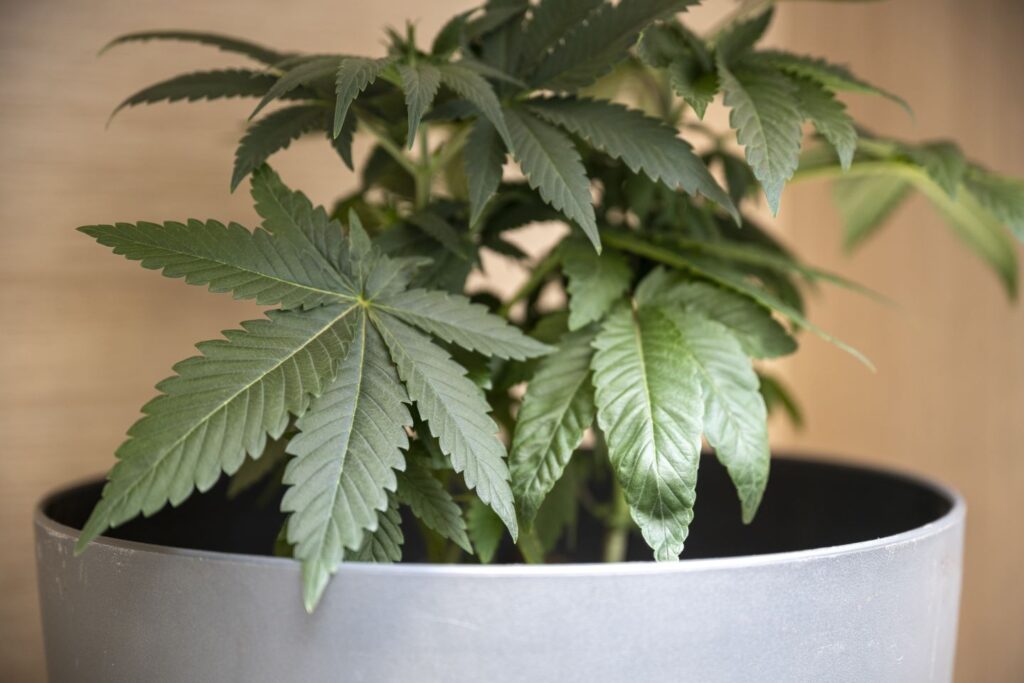
The Plant that Looks like Weed with Purple Flowers
While some plants may visually resemble cannabis and have purple flowers, they are not related to marijuana and are entirely lawful. It’s critical to ensure the law is followed and to be informed of local restrictions. The following plants have purple flowers, which may have some visual similarities to cannabis:
Lavender (Lavandula spp.):
Fragrant lavender is a herb with thin purple flower spikes. Although it doesn’t appear like cannabis, some people may find the color and form of the flower spikes to be vaguely reminiscent of marijuana. Growing lavender is expected because of its aromatic qualities.
Russian Sage (Perovskia atriplicifolia):
A perennial Russian sage has spikes of tiny, violet-blue blooms and silvery-grey foliage. Even while it doesn’t look like cannabis generally, some people may find the long spikes with purple blooms familiar.
Catmint (Nepeta faassenii):
Grey-green foliage and spikes of lavender-blue blooms characterize catmint. Although the general development pattern differs from cannabis, there may be some similarities in the color of the flowers.
Salvia (Salvia spp.):
Many varieties of Salvia contain purple flowers, and others may have cannabis-like shaped leaves. But because Salvia is such a complex genus, different species may have different growth patterns and physical characteristics.
Balloon Flower (Platycodon grandiflorus):
The distinctive, balloon-like buds on balloon flowers open to expose purple flowers in the shape of stars. Although the plant is very different from cannabis, there may be some visual resemblance between the two species.
Hyacinth Bean (Lablab purpureus):
The hyacinth bean plant features vivid purple pods and clusters of purple blossoms. Although it grows differently from cannabis, the color of its blossoms may lead to some loose associations.
Important Note: It’s crucial to stress that although having purple blooms and some visual similarities to cannabis, these plants are completely safe, legal, and devoid of any psychotropic ingredients. Always ensure plant cultivation complies with local rules and regulations, and consider each plant’s unique traits for accurate identification.
Hibiscus Plants That Look Like Marijuana’s
Although hibiscus plants and marijuana are very different, specific hibiscus cultivars may produce leaves that are somewhat similar to those of cannabis. It is important to remember that hibiscus is an ornamental plant that is legal to make and is often grown for its vivid blossoms. Unlike marijuana, hibiscus does not contain any psychotropic ingredients.
Some hibiscus cultivars that may produce leaves that resemble cannabis in the slightest are listed below:
- Cranberry Hibiscus (Hibiscus acetosella): Cranberry Hibiscus, also called African Rosemallow, has reddish-purple leaves that are heavily lobed and may remind some people of specific cannabis cultivars. The blooms and general structure of the plant, however, differ significantly.
- Kenaf (Hibiscus cannabinus): Grown primarily for their fibers, kenaf leaves feature serrated edges and are highly split, much like some cannabis leaves. The overall design and function of the plant, however, are different.
- False Roselle (Hibiscus acetosella ‘Haight Ashbury’): ‘Haight Ashbury’ is a Cranberry Hibiscus cultivar with unusual red foliage and a slight cannabis association. However, it’s crucial to remember that the only similarity is in the leaf color.
Important Note: It’s important to understand that while hibiscus and cannabis may have some outward similarities, their growing habits, blooms, and purposes are very different. While growing marijuana is subject to tight legal constraints in many regions, growing hibiscus is lawful and primarily welcomed.
Conclusion
Misconceptions about plants that resemble weeds are common, sometimes exacerbated by social stigmas or ignorance of botany. It is critical to realize that appearances can be deceiving and that making educated decisions requires knowledge of these plants’ distinctive traits, ecological functions, and applications.
As we delve deeper into the varied realm of weed-like plants, we find a variety of species with unique characteristics, from medical and industrial use to ecological issues. This exploration of botanical twins emphasizes the value of embracing knowledge and curiosity to promote a deeper comprehension of the complex interactions between people and the plant kingdom.
What looks like weed but isn’t?
Hemp, a variety of Cannabis sativa, looks like marijuana but contains negligible THC, making it legal. Japanese maple and mint plants may resemble marijuana, but they are entirely unrelated and legal.
What is the wildflower that looks like a weed plant?
Several wildflowers might be mistaken for weed plants. One example is the “False Dandelion” (Hypochaeris radicata), which has leaves similar to marijuana. It’s important to note that proper identification is crucial to avoid confusion and legal issues.
What hibiscus looks like weed?
Hibiscus cannabinus, also known as kenaf, is a hibiscus variety that may be mistaken for weed due to its similar leaf shape. However, kenaf is a legal and non-psychoactive plant commonly used for fiber production, distinct from marijuana.
What plant looks like weed in the UK?
In the UK, Japanese Knotweed (Fallopia japonica) is a plant that can sometimes be mistaken for weed or marijuana due to its rapid growth and bamboo-like appearance. However, it is an invasive species and not related to marijuana. While it may not exactly resemble marijuana, its quick growth and robust nature sometimes lead to confusion. It’s important to properly identify plants to avoid any legal or environmental misunderstandings.
What weed is commonly mistaken for a flower?
One common weed that is sometimes mistaken for a flower is the “Common Dandelion” (Taraxacum officinale). Its bright yellow flowers resemble those of many garden flowers, leading some people to consider it a flower rather than a weed. Despite its weedy reputation, some individuals intentionally cultivate dandelions for their edible greens and medicinal properties.
What is the most unique looking weed?
The “Corkscrew Rush” (Juncus effusus spiralis) stands out as one of the most uniquely shaped weeds due to its twisted, corkscrew-like stems.
